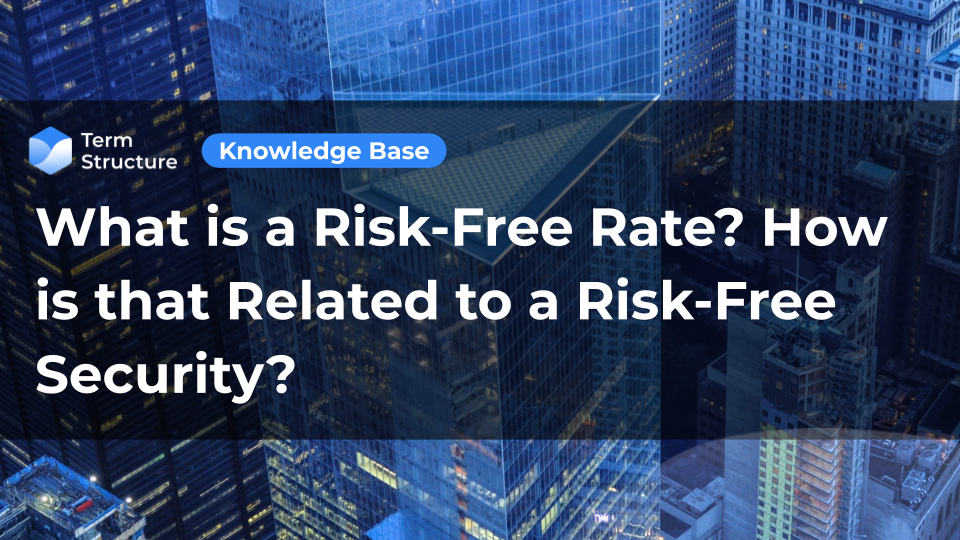What is a Risk-Free Rate? How is that Related to a Risk-Free Security?

Having learned what risk-free securities are, we can now answer the above questions.
The risk-free rate is the theoretical rate of return on an investment in a risk-free asset. It represents the minimum rate of return an investor should expect to earn for taking on no risk other than the opportunity cost of tying up their funds in a risk-free asset, usually US Treasuries, German Bunds, Japanese Government Bonds, and UK Gilts.
In practical terms, the risk-free rate is often used as a benchmark to assess the expected return on other investments with higher levels of risk. It is used in various financial models, such as the Capital Asset Pricing Model (CAPM), to estimate the expected return on riskier assets by adding a risk premium to the risk-free rate.
The risk-free rate is also used to discount future cash flows to their present value, reflecting the time value of money. It helps in comparing the value of money received in the future to its equivalent value in today's terms.
It is important to mention that Central Banks, such as the Federal Reserve in the U.S., often influence short-term interest rates, impacting the short-term risk-free rate. Changes in the risk-free rate can, in turn, influence interest rates across various financial markets. By contrast, long-term risk-free rates (such as yields of US Treasury Bonds), usually reflect expectations about inflation and economic growth.
